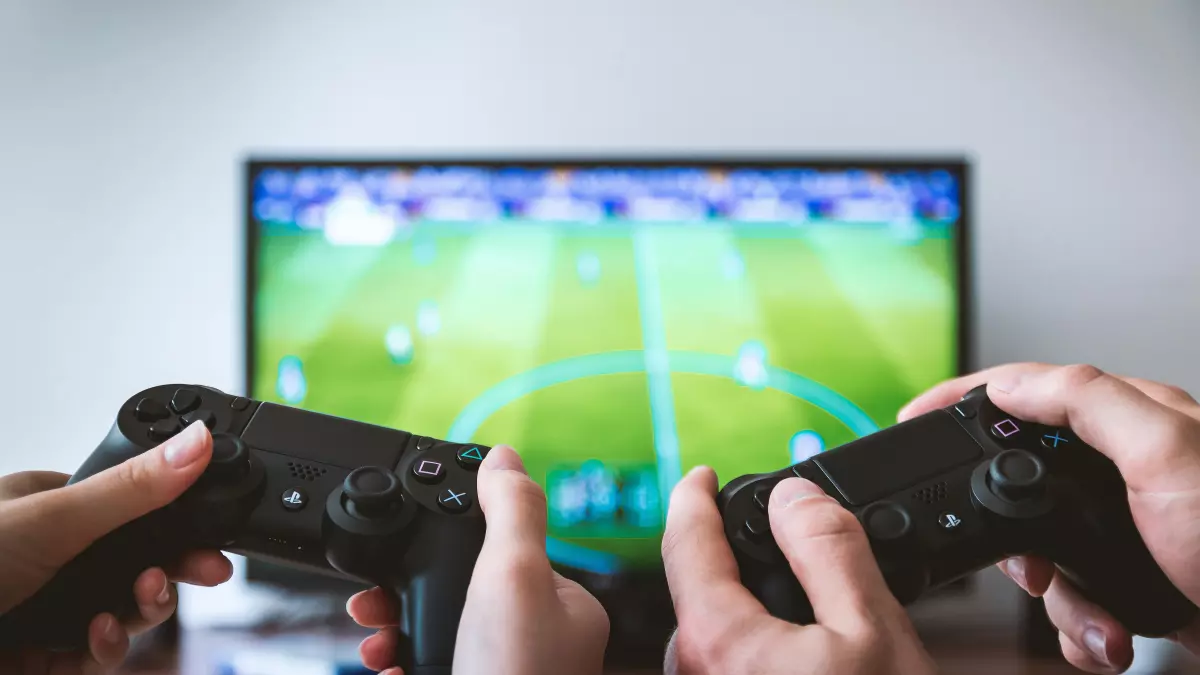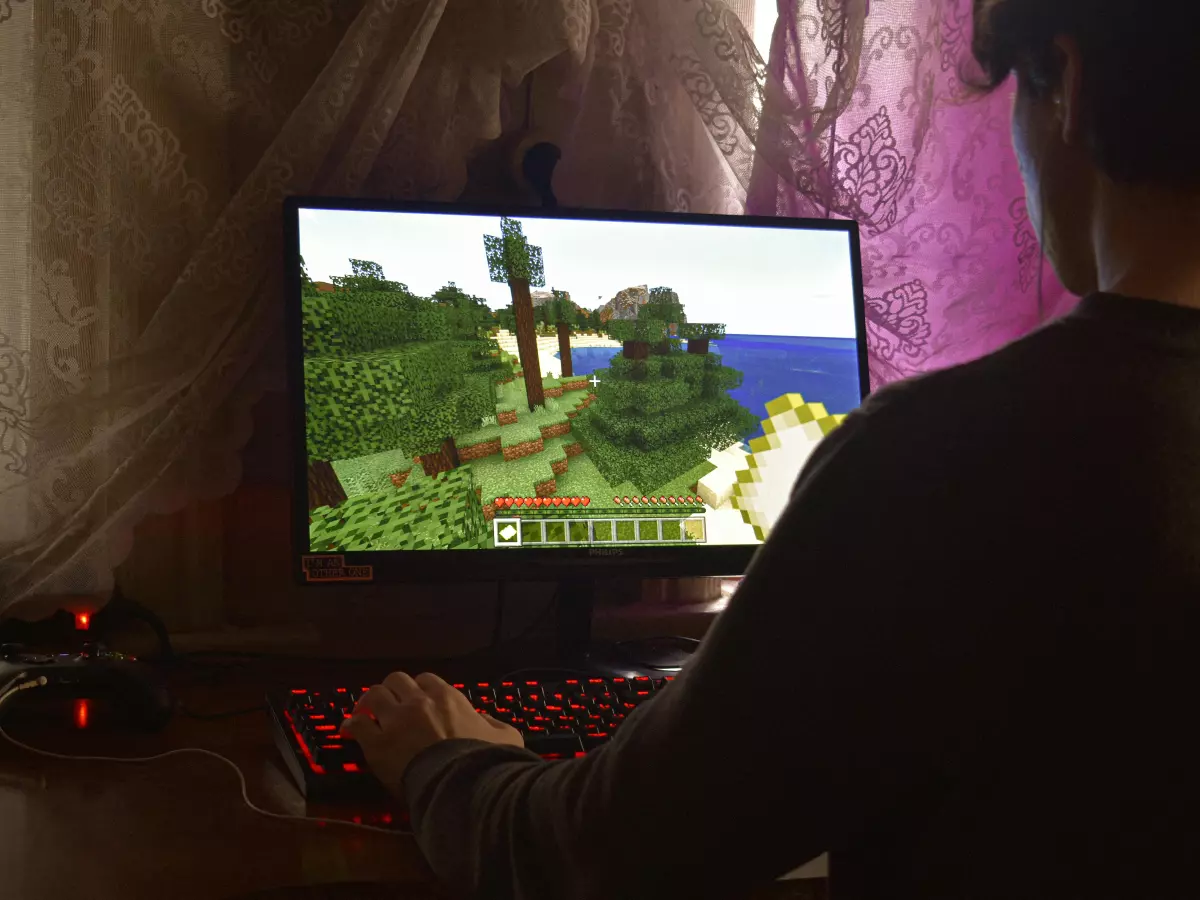Behind the Multiplayer Curtain
“The network is the computer.” – John Gage, Sun Microsystems

By Hiroshi Tanaka
Think of multiplayer gaming as a high-speed dance. Every player is a dancer, and the game server is the DJ. If the DJ messes up the timing, the whole dance floor turns into chaos. This is where network code comes in, ensuring that every player stays in sync, no matter where they are in the world.
Network code is the unsung hero of multiplayer gaming. It’s the invisible thread that keeps everything together, from the moment you press a button to the instant your character moves on the screen. Without it, your gaming experience would be a jittery, lag-filled mess. But how exactly does network code impact your multiplayer gaming experience? Let’s break it down.
1. Latency: The Silent Killer of Fun
Latency is the time it takes for data to travel from your device to the game server and back. In multiplayer games, even a few milliseconds of delay can mean the difference between victory and defeat. Network code is responsible for minimizing this delay, ensuring that your actions are registered as quickly as possible. However, no matter how good the code is, some latency is inevitable due to physical distance and network conditions.
Ever wonder why you sometimes shoot at an enemy, only to find out they’ve already moved? That’s latency at work. The network code tries to predict where players will be based on their previous movements, but it’s not always perfect. This is why low-latency connections are crucial for competitive gaming.
2. Packet Loss: When Data Goes Missing
Imagine you’re sending a letter, but halfway through the journey, the letter gets lost. In multiplayer gaming, this is called packet loss. Network code is designed to handle these missing packets by either resending them or compensating for the loss. However, if too many packets are lost, you’ll experience lag, rubberbanding, or even disconnections.
Packet loss can be caused by a variety of factors, including network congestion, poor Wi-Fi signals, or even issues with your ISP. The better the network code, the more resilient it is to packet loss, but there’s only so much it can do. If you’re constantly experiencing packet loss, it might be time to check your network setup.
3. Synchronization: Keeping Everyone on the Same Page
In multiplayer games, every player’s actions need to be synchronized with the game server. This means that when you move, shoot, or interact with the environment, everyone else in the game sees the same thing. Network code ensures that this synchronization happens smoothly, even when players are on different continents.
However, synchronization isn’t always perfect. Sometimes, you might see a player teleport across the map or perform actions that seem out of sync with the rest of the game. This is usually caused by network issues, such as high latency or packet loss, which the network code struggles to compensate for.
4. Hit Registration: Did You Really Land That Shot?
Hit registration is the process of determining whether your attack successfully hit an enemy. In multiplayer games, this is handled by the network code, which compares your actions with the server’s data to see if the hit was valid. If the network code is poorly optimized, you might experience situations where your shots don’t register, even though they clearly hit the target on your screen.
Good network code takes into account factors like latency and packet loss to ensure that hit registration is as accurate as possible. However, in fast-paced games, even the best network code can struggle to keep up with the action, leading to frustrating moments where your attacks seem to miss for no reason.
5. Server Tick Rate: The Heartbeat of Multiplayer Games
The server tick rate is the number of times per second the game server updates the game state. A higher tick rate means more frequent updates, resulting in smoother gameplay and more accurate hit registration. Network code plays a crucial role in determining how efficiently the server can process these updates and send them to players.
In games with a low tick rate, you might notice more lag, delayed actions, and inaccurate hit registration. On the other hand, games with a high tick rate tend to feel more responsive and fair, especially in competitive environments. However, higher tick rates also require more bandwidth and processing power, which can strain both the server and your internet connection.
So, next time you’re in the heat of a multiplayer battle, take a moment to appreciate the network code working behind the scenes. It’s the reason you can enjoy seamless gameplay with players from around the world. But remember, even the best network code can’t fix a bad internet connection!





